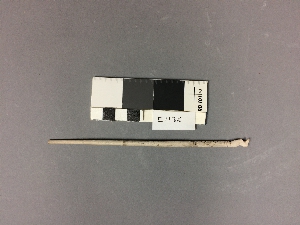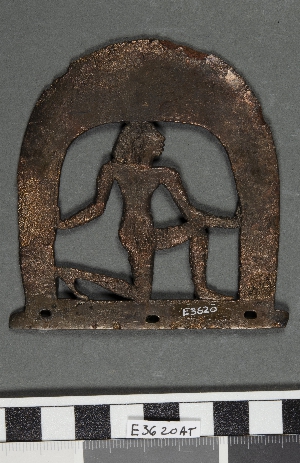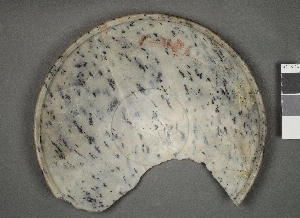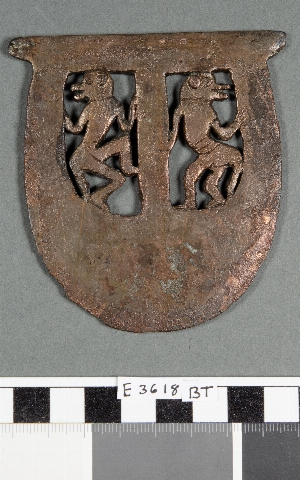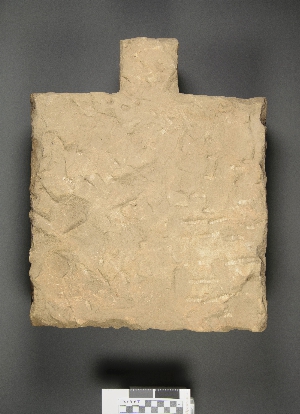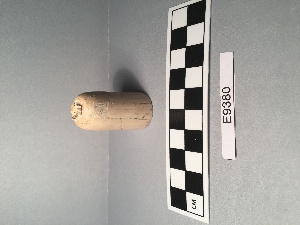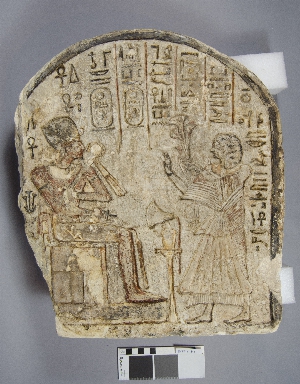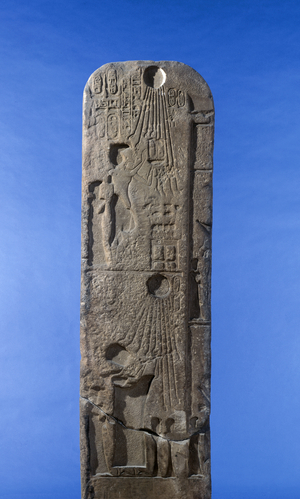Ranke, Hermann. "A Guide to the Egyptian Collections." The University Museum Bulletin 15, no. 2-3. (1950): 21-109.
Reference
- Object[221]
- yes[221]
- egyptian[219]
- near eastern[2]
- amulet[4]
- architectural relief[1]
- axe blade[2]
- bag[1]
- bowl[11]
- bowl lid[1]
- bracelet[1]
- canopic jar[1]
- canopic jar lid[1]
- casket[1]
- casket lid[1]
- castanet[1]
- cat[2]
- child[1]
- coffin[4]
- coffin lid[5]
- collar[1]
- comb (hair - grooming tool)[2]
- cosmetic container[2]
- cup[2]
- dagger[1]
- dish[4]
- door frame[1]
- door lintel[1]
- door socket[1]
- falcon[1]
- false door[1]
- figurine[10]
- flask[1]
- flask fragment[1]
- funerary stela[4]
- game piece[4]
- gateway[2]
- hair ornament[1]
- hair pin[1]
- human mummy[1]
- human remains[1]
- inlay[2]
- jar[9]
- knife[1]
- kohl pot[3]
- kohl pot lid[2]
- kohl tube lid[1]
- lintel[4]
- manuscript[1]
- mirror[1]
- mummy[4]
- mummy case[1]
- mummy portrait[2]
- necklace[1]
- object[1]
- object fragment[1]
- offering table[3]
- painting[3]
- palette[1]
- pavement[1]
- pendant[1]
- pillar[1]
- plaque[1]
- pot[3]
- relief[11]
- relief fragment[1]
- sarcophagus lid[2]
- shawabti[2]
- shell[1]
- spoon[3]
- spouted jar[1]
- statuary[1]
- statue[21]
- statue fragment[1]
- statuette[5]
- stela[8]
- tablet[1]
- tag[5]
- toilet box[1]
- tomb model[24]
- trial piece[1]
- trinket box[1]
- tusk[1]
- vase[7]
- vase fragment[1]
- votive[1]
- votive stela[1]
- wall[1]
- wall fragment[2]
- wand[2]
- window[1]
- wine jar[1]
- wine jar lid[2]
- abadiyeh[1]
- abydos[34]
- aniba[2]
- ballas[14]
- beth shean[2]
- bubastis[3]
- buhen[7]
- coptos[2]
- deir el-medina[1]
- dendereh[4]
- deshasheh[2]
- dra abu el-naga[4]
- edfu[2]
- egypt[212]
- el-amarna[4]
- el-arabeh[1]
- el-kab[4]
- el-mahasna[1]
- fayum[2]
- gurob[2]
- heracleopolis[1]
- hierakonpolis[15]
- hiw[1]
- israel[2]
- kahun[1]
- karanog cemetery[13]
- lahun[1]
- lentopolis[1]
- memphis (egypt)[6]
- meydum[4]
- mit-rahineh[5]
- naqada[12]
- nubia[22]
- rifeh[2]
- sais[1]
- saqqara[1]
- sedment[34]
- sudan[7]
- tanis[1]
- tarraneh[3]
- tell el-muqdam[1]
- thebes (egypt)[10]
- thinis[1]
- umm el-ga'ab[19]
- upper egypt[5]
- amenhotep ii[1]
- archaic[3]
- dynasty 0[1]
- early nineteenth dynasty[1]
- early predynastic[4]
- egyptian early dynastic[31]
- egyptian predynastic period[12]
- eighteenth dynasty[23]
- fifteenth dynasty[1]
- fifth dynasty[1]
- first dynasty[25]
- first intermediate period[24]
- fourteenth dynasty[1]
- fourth dynasty[3]
- graeco-roman period[1]
- hatshepsut[1]
- iron age ib[1]
- iron age iia[1]
- kaa[1]
- khasekhem[1]
- late eighteenth dynasty[1]
- late period[10]
- meroitic[1]
- middle kingdom[14]
- middle predynastic[3]
- naqada ii[3]
- narmer[1]
- new kingdom[44]
- nineteenth dynasty[18]
- old kingdom[6]
- osorkon i[1]
- osorkon ii[1]
- post-ptolemaic[1]
- ptolemaic[1]
- ptolemaic period[6]
- ptolemy i[1]
- ptolemy xii neos dionysos[1]
- roman period[2]
- second dynasty[5]
- second intermediate period[1]
- seventeenth dynasty[2]
- sixteenth dynasty[1]
- sixth dynasty[2]
- third dynasty[1]
- third intermediate period[8]
- thirteenth dynasty[3]
- thirtieth dynasty[2]
- thirty-third dynasty[4]
- thutmose iii[1]
- thutmose iv[1]
- tutankhamun[1]
- tuthmosis iii[1]
- twelfth dynasty[9]
- twentieth dynasty[3]
- twenty-nineth dynasty[1]
- twenty-second dynasty[8]
- twenty-sixth dynasty[7]
- 200.20[3]
- 200.20 c. 4 metres above merenptah in centre of trench n edge[1]
- an 7, tomb chapel[1]
- an6[1]
- ans30 - tomb of hor[1]
- area 1[1]
- b 15[1]
- b 16[1]
- b cemetery[3]
- b6/13[1]
- bastet t[1]
- bastet temple[2]
- cemetery[2]
- cemetery d[1]
- dan 3[1]
- doorway between rooms e and d[2]
- e 156[1]
- e 261[1]
- el rubiyat[2]
- festival hall[2]
- from palace of merenptah[1]
- g 129[1]
- g 140[2]
- g 153[1]
- g 1574[1]
- g 189[1]
- g 226[1]
- g 301[1]
- g 377[1]
- g 45[1]
- g 542[1]
- g 566[1]
- g133[1]
- g229[1]
- g447[1]
- gr q 593[1]
- gr1206[1]
- gr1621[1]
- gr1823[1]
- gr30[1]
- gr561[1]
- gr753[1]
- grave 813[1]
- grave 839[1]
- grave b102[1]
- grave b109[1]
- grave q576[1]
- grave q711[2]
- grave s1[1]
- h25[1]
- hathor temple[3]
- horus temple[1]
- k45[2]
- k8[2]
- lc vi2,60[1]
- lower middle stratum, strip 546[1]
- main deposit[2]
- main deposit in temple of horus[1]
- min temple precinct[1]
- naqada cem. a or ballas cem. c - gr608[1]
- north temple[2]
- palace of merenptah[2]
- ramesseum[4]
- sacred enclosure of the temple of the god ptah[1]
- south palace[1]
- steps of isis temple[1]
- temple[1]
- temple main deposit[1]
- temple of el-amarna[1]
- temple of hathor[1]
- tomb 193[1]
- tomb 2010[2]
- tomb 2111, tomb of khentkhety[23]
- tomb 2253[1]
- tomb 23; 682c[1]
- tomb 254[2]
- tomb 260[2]
- tomb 261a[2]
- tomb 314[1]
- tomb 560[3]
- tomb b 15[1]
- tomb l10[1]
- tomb m1[2]
- tomb of anedjib (tomb x)[1]
- tomb of anedjib (tomb x)?[1]
- tomb of bebat[1]
- tomb of den (tomb of den (tomb t))[1]
- tomb of den (tomb t)[1]
- tomb of djer (tomb o)[3]
- tomb of khasekhemwy (tomb v)[2]
- tomb of king djet (tomb z3)[1]
- tomb of narmer (tomb b17)[1]
- tomb of narmer (tomb b19)[1]
- tomb of peribsen (tomb p)[1]
- tomb of qa'a (tomb q)[1]
- tomb of qa'a (tomb q), east side, over chamber 3[1]
- tomb of qa'a (tomb q)?[1]
- tomb of semerkhet (tomb u)[2]
- tomb of sety[1]
- vestibule of the temple of herishef[1]
- achoris[1]
- akhenaten[1]
- amun[1]
- ankh[2]
- antelope[1]
- anubis[1]
- aten[1]
- atum[1]
- ba bird[3]
- baboon[2]
- bastet[1]
- beer bottle[9]
- bird[1]
- bird head[2]
- boat[3]
- book of the dead[2]
- boy[1]
- bracelets[1]
- bread loaf[1]
- bucket[1]
- caracalla[1]
- cartouche[6]
- cat[3]
- cobra[1]
- coffin[1]
- consort?[1]
- container[4]
- cow[2]
- cowrie shell[1]
- dog[1]
- duamutef[2]
- duck[4]
- falcon[4]
- falcon head[1]
- festival[2]
- figure[1]
- flamingo[1]
- frog[2]
- funeral[1]
- gazelle?[1]
- gazelles[1]
- giraffe[1]
- girl[1]
- goddess[3]
- grain sack[3]
- granary[1]
- hare[1]
- head[1]
- herdsman[1]
- horus[6]
- horus falcon[1]
- human[3]
- inheret[1]
- inscription[1]
- invocation scene[1]
- isis[3]
- jackal[2]
- jackal head[2]
- khnum[1]
- king[7]
- kneeling figure[1]
- knife[1]
- korax[1]
- lion[2]
- lion head[1]
- lotus[2]
- maat[1]
- man[16]
- maya[1]
- merer[1]
- min[2]
- monkey[1]
- montu[1]
- necklace[1]
- nefertem[1]
- neith[2]
- nekhbet[2]
- nude female[1]
- offering scene[1]
- offering stand[1]
- offering table[3]
- offerings[1]
- oil[1]
- osiris[4]
- osorkon i[1]
- osorkon ii[2]
- overseer[2]
- papyrus flower[1]
- pedibast[1]
- person[1]
- pomegranate[1]
- portrait[1]
- priest[2]
- ramesses ii[2]
- serekh[3]
- snake[4]
- sphinx[2]
- sun disk[2]
- woman[8]
- worker[5]
- alabaster[6]
- andesite[2]
- animal remains[3]
- basalt[6]
- bone[1]
- bronze[9]
- calcite[2]
- cartonnage[2]
- ceramic[21]
- chalcedony[1]
- copper[1]
- diorite[6]
- ebony[1]
- electrum[2]
- faience[6]
- flint[1]
- gesso[3]
- glass[2]
- gold[11]
- granite[5]
- graywacke[1]
- gypsum[2]
- hematite[1]
- hippopotamus ivory[1]
- human remains[2]
- ink[1]
- ivory[31]
- leather[1]
- limestone[33]
- linen[5]
- marble (stone)[4]
- obsidian[2]
- oyster shell[1]
- paint[15]
- papyrus[1]
- pigment[40]
- plaster[1]
- porphyry[2]
- quartz[2]
- quartzite[3]
- rock crystal[1]
- sandstone[14]
- serpentine[1]
- shell[1]
- slate[2]
- steatite[3]
- stone[1]
- tempera[1]
- travertine[3]
- wax[2]
- wood[43]
- bas relief[1]
- black top ware[1]
- carved[3]
- cast[5]
- fired[1]
- gilded[2]
- incised[3]
- inlaid[3]
- inscribed[4]
- low relief[1]
- painted[18]
- raised relief[1]
- red ware[1]
- sunk relief[3]
- ankhtyfy[1]
- actual citation[221]
1 - 30 of 221 Records
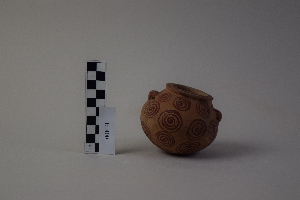
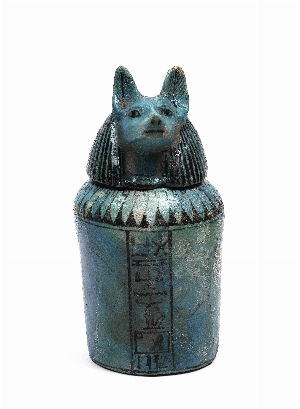

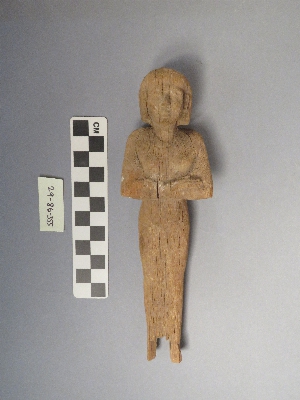
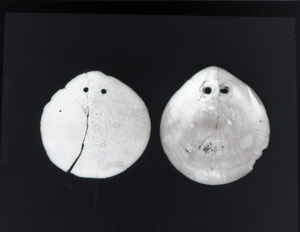

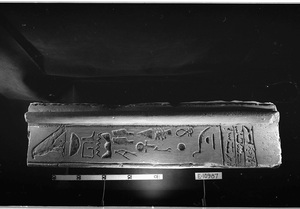
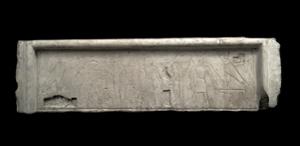
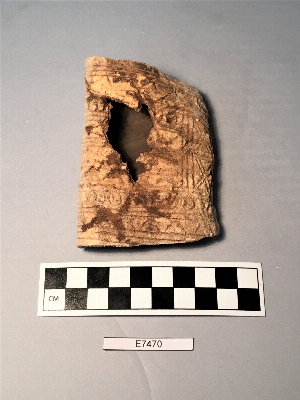

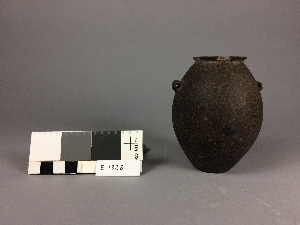
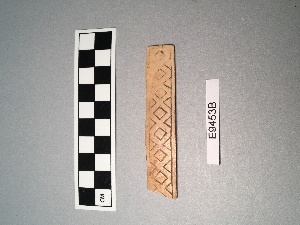

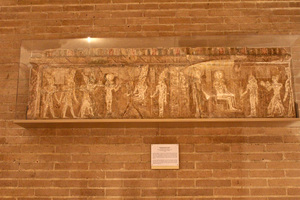
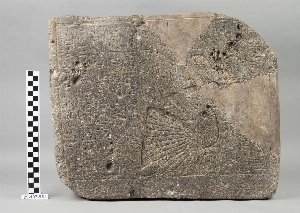

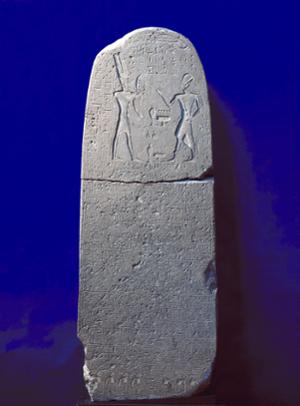
1 - 30 of 221 Records


